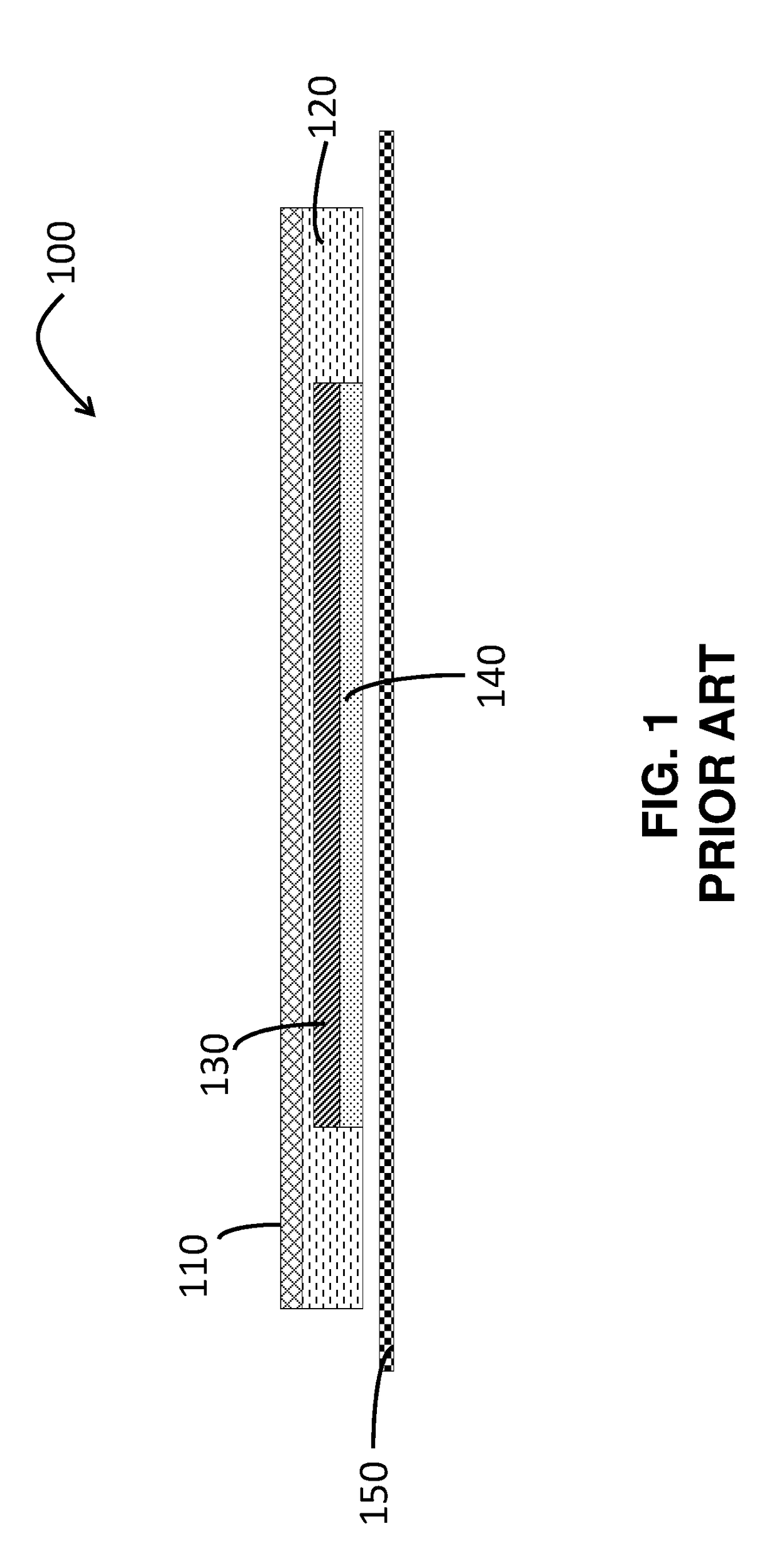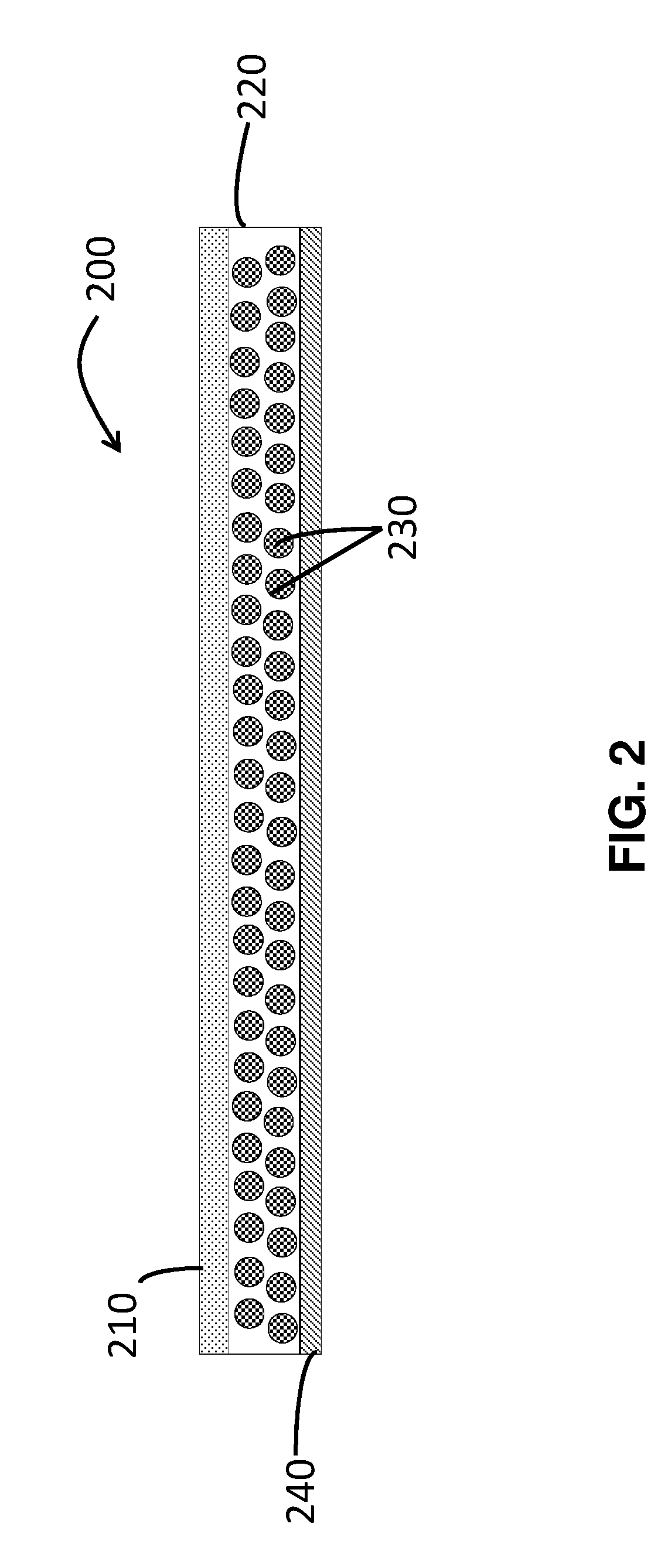Transdermal Delivery System
a transdermal system and drug technology, applied in the direction of bandages, drug compositions, anti-noxious agents, etc., can solve the problems of skin irritation, transdermal system, illicit use,
- Summary
- Abstract
- Description
- Claims
- Application Information
AI Technical Summary
Benefits of technology
Problems solved by technology
Method used
Image
Examples
example 1
[0093]Method of Manufacturing: Formulation 1 and Formulation 3 (described in Table 2, below) were prepared by dispersing PVP-K90 in ethyl acetate, followed by slowly adding ethanol to solubilize the PVP-K90. Levulinic acid and lauryl lactate were added, and the solution was stirred. Acrylate (DuroTak® 2054 and silicone adhesives (BIOPSA®-4202) were then added. Buprenorphine base was added to achieve a homogenous mixture. The mixture was coated onto a film of release liner Scotchpak® 9744, followed by drying at about 80° C. to about 95° C. at about 750 rpm to about 950 rpm and about 0.10 m / min to about 0.15 m / min speed. They are processing aids and they are not present in the final formulation as they evaporate during drying step.
example 2
[0094]Method of Manufacturing: Formulation 2 (described in Table 2, below) was prepared by dispersing PVP-K90 in ethyl acetate, followed by slowly adding ethanol to solubilize the PVP-K90. Levulinic acid and glycerol monooleate were added, and the solution was stirred. Acrylate (DuroTak® 2054 and silicone adhesives (BIOPSA®-4202) were then added. Buprenorphine base was added to achieve a homogenous mixture. The mixture was then coated onto a film of release liner Scotchpak® 9744 followed by drying at about 80° C. to about 95° C. at about 750 rpm to about 950 rpm and about 0.10 m / min to about 0.15 m / min speed.
[0095]Formulations 1-3 are described below in Table 2. Formulations 1-3 were prepared employing the Method of Manufacturing as described in Example 1 and Example 2 as described above. Formulation 1 was made using lauryl lactate as a permeation enhancer with 10% drug loading. Formulation 2 was made using glyceryl monooleate as a permeation enhancer with 10% drug loading. Formulat...
example 4
[0096]Table 3 below depicts the physical parameters of Formulation 1 and the commercially available product Butrans®. There is a significant improvement in the adhesion of the Formulation 1 as compared to Butrans®. Formulation 1 has a single layer adhesive matrix system, and the peel adhesion is comparable to the peripheral adhesion layer in the Butrans® system. The tests demonstrate that Formulation 1 does not require an additional peripheral adhesion layer as present in Butrans® to achieve comparable peel adhesion. This improvement directly impacts the cost of manufacturing and the raw materials needed, while being more patient compliant.
TABLE 3ProbeTack (N)Peel Adhesion (N)Formulation 13.2089.789Butrans ®Active adhesion2.1383.839layerButrans ®Peripheral adhesion3.1709.421layer
[0097]Probe Tack Test
[0098]Measurement of tack, reported as the maximum force (Newtons) required separating the bond between the adhesive and the probe, utilizes the Chem-Instrument PT-1000 and EZ Lab Softwa...
PUM
| Property | Measurement | Unit |
|---|---|---|
| Fraction | aaaaa | aaaaa |
| Fraction | aaaaa | aaaaa |
| Fraction | aaaaa | aaaaa |
Abstract
Description
Claims
Application Information
 Login to View More
Login to View More - R&D
- Intellectual Property
- Life Sciences
- Materials
- Tech Scout
- Unparalleled Data Quality
- Higher Quality Content
- 60% Fewer Hallucinations
Browse by: Latest US Patents, China's latest patents, Technical Efficacy Thesaurus, Application Domain, Technology Topic, Popular Technical Reports.
© 2025 PatSnap. All rights reserved.Legal|Privacy policy|Modern Slavery Act Transparency Statement|Sitemap|About US| Contact US: help@patsnap.com



